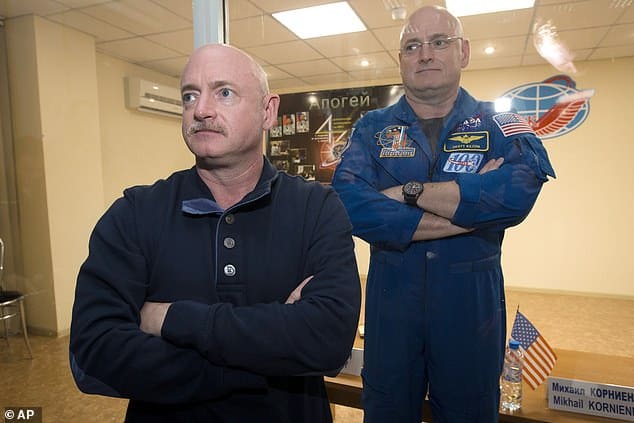
Photos of NASA probes and satellites tend to make them look much smaller than they are, since compared to space itself, they are. But they’re often bigger than we think.
For example, the radio dish on Voyager 1 out in interstellar space measures at 12 feet (3.7 meters) long, and the Cassini probe which just recently ended its career by crashing into Saturn was 22 feet (6.8 meters) long. Spacecrafts are large, bulky, and heavy, except when they’re CubeSats.
CubeSats, small satellites that are lightweight and typically the size of a briefcase, have become more common over the past couple decades, especially among commercial ventures which might not have the funding for giant probes. But all of these CubeSats are simply orbiting around Earth – NASA is preparing to launch the first CubeSats designed specifically for deep space this coming May.
The two tiny satellites, collectively called Mars Cube One (shortened to “MarCO” because of course it’s named Marco), and aren’t designed for anything too fancy. They’re mostly just getting launched so NASA can determine if small probes like these could even survive the journey, which is why they’re hitching a ride with NASA’s more directly useful Mars InSight Lander.
When InSight is launched to Mars to study the interior of the Red Planet – something we’ve never done before – MarCO will be launched on the same rocket and travel along for as long as they can survive, and if they make it to the Martian atmosphere, they’ll help relay InSight data back to Earth. Although their purpose here is redundant, since the Mars Reconnaissance Orbiter already in Mars’ orbit can do the same thing.
Andy Klesh, the chief engineer working on MarCO at NASA’s Jet Propulsion Laboratory, called the two satellites “scouts” in in a press statement from NASA:
These are our scouts. CubeSats haven’t had to survive the intense radiation of a trip to deep space before, or use propulsion to point their way towards Mars. We hope to blaze that trail.”
It’s not clear whether MarCO will survive, as numerous obstacles like retaining enough battery power to activate its solar arrays for the first time, or other environmental issues that happen when launching completely new technology into the vacuum of space.
But the team at NASA JPL are hoping so, because they seem to have a sentimental attachment to them. The two satellites of MarCO are nicknamed “Wall-E and Eva” after the two lovable robots in Pixar’s Wall-E, since they propel themselves forward with a compressed gas similar to Wall-E moving through space using a fire extinguisher.
So best of luck to MarCO when it does launch. If anything happens to “Wall-E” during the trip to Mars, it’s gonna be tough news to hear about.
























